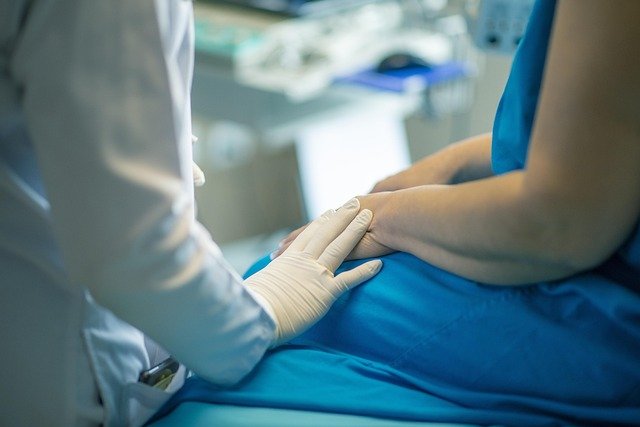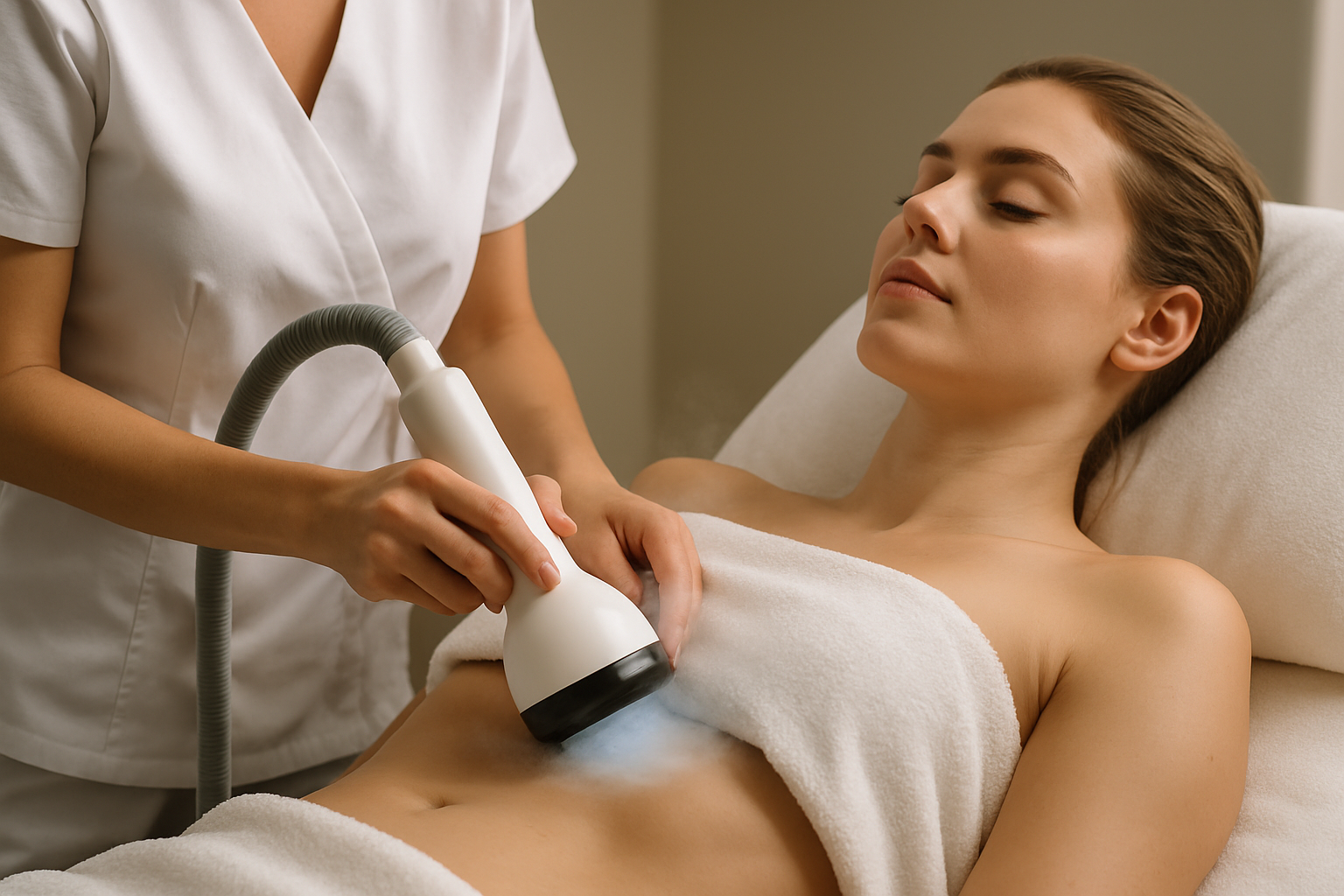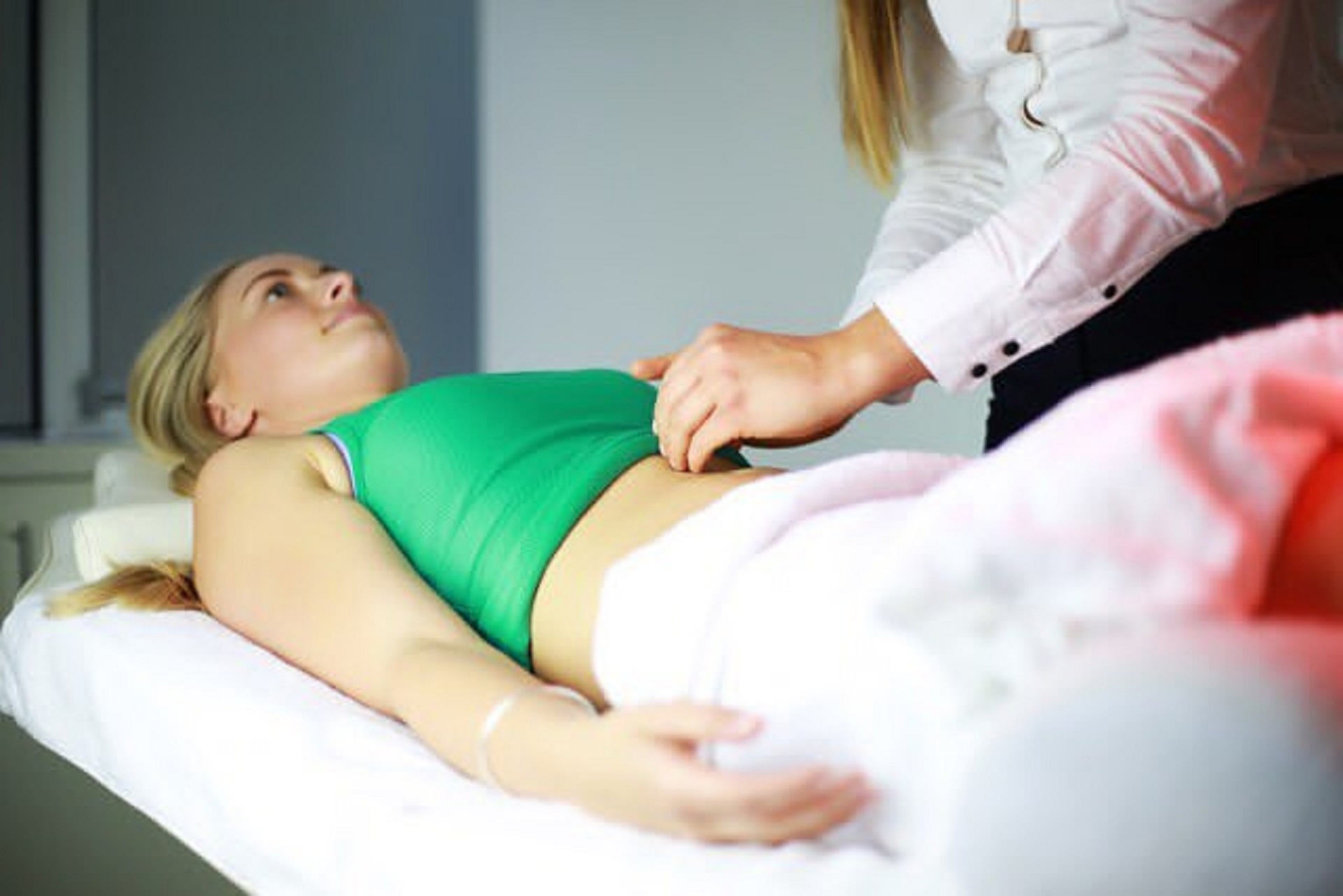Insights on Tummy Tuck Surgery in the United Kingdom
Tummy tuck surgery has garnered attention in the United Kingdom for those seeking to enhance their body curves. This procedure can reshape the abdomen by removing excess skin and fat, providing a more contoured appearance. Individuals often report significant satisfaction with their results, and the procedure typically has a defined duration, allowing for a clearer understanding of the overall process.

Tummy tuck surgery, or abdominoplasty, represents a significant surgical option for individuals in the United Kingdom seeking to address concerns with their abdominal appearance. This procedure has evolved considerably over recent years, with various techniques now available to suit different body types and aesthetic goals. For many patients, a tummy tuck offers a solution to excess skin and weakened muscles that cannot be resolved through diet and exercise alone. As the procedure continues to gain popularity across the UK, prospective patients benefit from understanding the complete picture—from initial consultation through to recovery and results.
Understanding Tummy Tuck Surgery and Its Benefits
A tummy tuck is a major surgical procedure designed to remove excess skin and fat from the abdomen while simultaneously tightening the underlying abdominal muscles. The surgery particularly benefits those who have experienced significant weight fluctuations, pregnancy, or aging that has resulted in loose, sagging abdominal tissue. The procedure creates a flatter, more toned abdominal profile that many patients find improves their body contour significantly.
The benefits extend beyond purely aesthetic improvements. Many patients report increased comfort in clothing, reduced skin irritation from overlapping folds, improved posture, and enhanced core strength following recovery. For those with diastasis recti (separation of abdominal muscles often occurring after pregnancy), a tummy tuck can repair this condition, potentially alleviating associated back pain and improving core functionality.
It’s worth noting that while a tummy tuck delivers substantial body contouring benefits, it is not a weight loss procedure. Ideal candidates are those already at or near their target weight who struggle with excess skin and tissue that doesn’t respond to traditional fitness approaches.
Procedure Duration and Expected Outcomes Explained
A standard tummy tuck procedure in the UK typically takes between two and five hours to complete, depending on the extent of the surgery required. The operation is usually performed under general anaesthesia and often requires an overnight hospital stay. During the procedure, the surgeon makes an incision across the lower abdomen, removes excess skin and fat, tightens the abdominal muscles, and repositions the remaining skin before closing the incision.
Patients can expect several outcomes from successful tummy tuck surgery. These include a flatter, more toned abdominal profile, removal of stretch marks in the excised skin area, improved waist definition, and repair of weakened or separated abdominal muscles. The final results become visible once swelling subsides, typically becoming apparent within three to six months after surgery, with continued improvement for up to a year.
Recovery timelines vary between individuals, but most patients can return to light activities within two weeks and resume more strenuous activities after six to eight weeks. Full recovery, including the complete resolution of swelling and scar maturation, continues for up to a year post-surgery. Surgeons typically advise patients to wear compression garments during the initial recovery phase to minimize swelling and support healing tissues.
Insights from Patients Who Have Undergone the Surgery
Patient experiences following tummy tuck surgery in the UK reveal common themes regarding recovery and results. Many report significant satisfaction with their transformed appearance, noting increased confidence and comfort in clothing. However, patients consistently emphasize the importance of realistic expectations regarding recovery time and post-operative discomfort.
A recurring insight from patient testimonials involves the initial recovery period, which many describe as more challenging than anticipated. The first one to two weeks typically require significant rest, pain management, and assistance with daily activities. Patients often mention the hunched-over walking position necessary during early recovery and the gradual progression toward standing straight. By week three to four, most report turning a corner in their recovery, with discomfort substantially decreasing and mobility improving.
Long-term perspectives from patients who are several years post-surgery generally reflect sustained satisfaction with results. Many note that while scars remain visible, they fade considerably over time and are easily concealed beneath clothing. Patients who maintain stable weight through proper nutrition and regular exercise report the most enduring results, highlighting the importance of lifestyle choices in preserving surgical outcomes.
Tummy Tuck Options and Techniques Available in the UK
Surgeons across the United Kingdom offer several variations of abdominoplasty procedures, each tailored to address specific patient needs. The full or standard tummy tuck remains the most comprehensive option, involving an incision from hip to hip and around the navel, allowing surgeons to address the entire abdominal area. This technique is particularly suitable for patients with significant excess skin throughout the abdomen.
The mini tummy tuck offers a less invasive alternative for patients with concerns limited to the lower abdomen. This procedure involves a shorter incision and typically requires less recovery time. For patients with more extensive concerns, the extended tummy tuck addresses not only the abdomen but also the flanks and lower back, creating more comprehensive body contouring.
Lipoabdominoplasty, combining traditional tummy tuck techniques with liposuction, has gained popularity in UK clinics for its ability to provide enhanced contouring. This combined approach allows surgeons to remove stubborn fat deposits while addressing skin laxity and muscle separation, often resulting in more refined contours.
Cost Considerations for Tummy Tuck Surgery in the UK
The cost of tummy tuck surgery in the United Kingdom varies significantly based on several factors, including the surgeon’s experience, geographical location, type of procedure, and facility fees. Patients considering this procedure should understand the complete financial picture beyond the headline surgical fee.
| Provider Type | Typical Price Range | What’s Usually Included |
|---|---|---|
| Private Hospitals | £6,000 - £8,000 | Surgery, anaesthesia, overnight stay, basic aftercare |
| Specialist Cosmetic Clinics | £5,500 - £7,500 | Surgery, anaesthesia, facility fees, standard follow-ups |
| Premium London Clinics | £8,000 - £12,000 | Surgery, anaesthesia, extended hospital stay, comprehensive aftercare |
| NHS | Generally not covered | Available only for specific medical reasons, not cosmetic purposes |
Prices, rates, or cost estimates mentioned in this article are based on the latest available information but may change over time. Independent research is advised before making financial decisions.
It’s important to note that quoted prices may not include all costs associated with the procedure. Additional expenses might include consultation fees, pre-operative assessments, post-operative garments, prescription medications, and potential revision surgeries. Many UK clinics offer financing options to make the procedure more accessible, with payment plans typically ranging from 12 to 60 months.
Preparing for Tummy Tuck Surgery and Recovery
Proper preparation significantly impacts both surgical outcomes and recovery experience. UK surgeons typically recommend patients optimize their health in the weeks preceding surgery by maintaining stable weight, following a nutritious diet, staying well-hydrated, and eliminating tobacco use. Many surgeons provide specific nutritional guidelines to promote healing and reduce complications.
Practical preparation for recovery is equally important. Patients should arrange for someone to drive them home and provide assistance during the first few days post-surgery. Creating a recovery space with essential items within easy reach helps minimize movement during early recovery. Recommended supplies include loose, comfortable clothing, extra pillows for positioning, prescribed medications, healthy snacks, and entertainment options.
Mental preparation plays a crucial role in the recovery journey. Understanding that recovery progresses gradually helps patients maintain realistic expectations. Most UK surgeons emphasize that while significant improvements are visible immediately after surgery, final results emerge gradually as swelling subsides over several months. This perspective helps patients navigate the emotional aspects of recovery with greater resilience.
This article is for informational purposes only and should not be considered medical advice. Please consult a qualified healthcare professional for personalized guidance and treatment.




